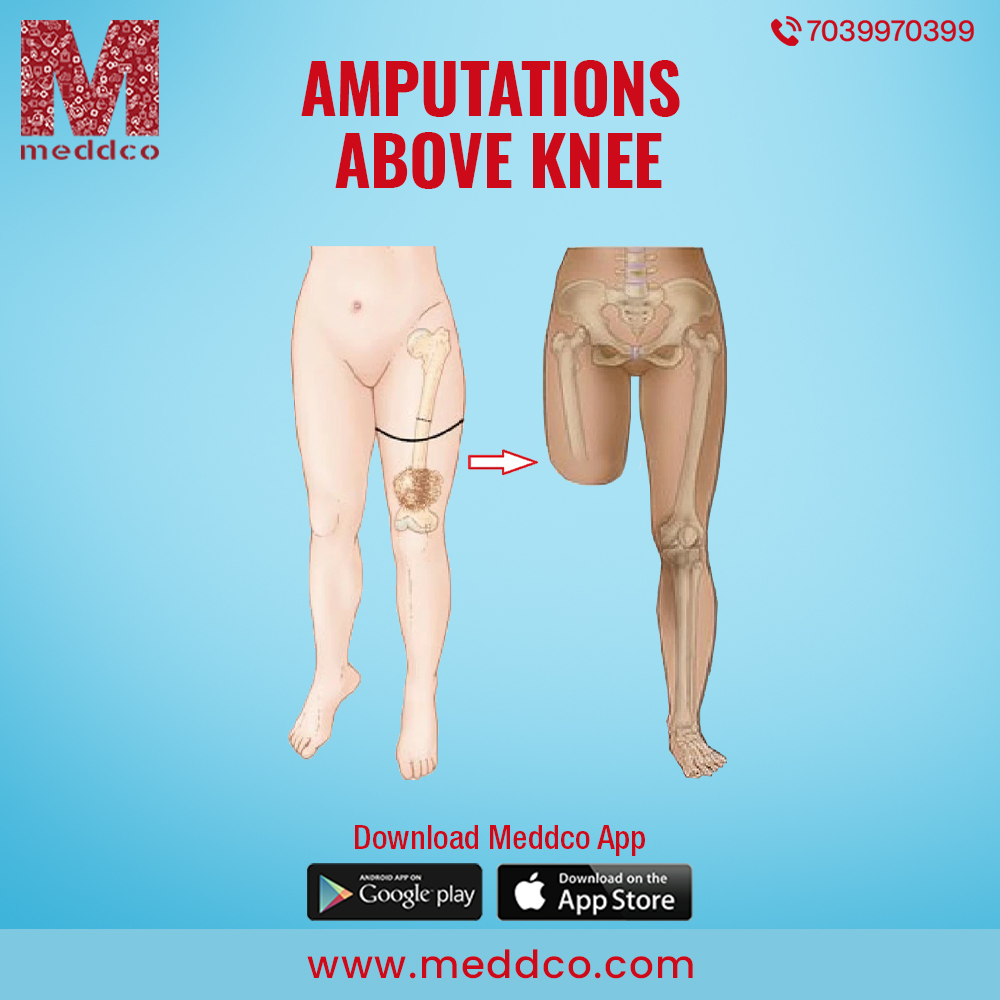

: Admin : 2021-11-09
Infection in the leg, an injury, a tumour, certain diseases of leg veins or arteries or complications from diabetes mellitus may require an amputation above the knee. It is surgery to remove your leg above the knee joint. It is major surgery, to prevent damage or spread of infection to the surrounding organs.
Certain preliminary tests are done prior to the surgery being scheduled. An angiogram is done to check the blood flow in your leg. A catheter is inserted into the artery in the groin. An X-ray is done to understand the flow of dye-filled, in the catheter thereby observing the blood flow in the leg. A test to know the oxygen levels in the leg is also done which guide the surgeon from where the leg requires an amputation surgery.
The patient is kept nil by mouth from the previous midnight to the next day on which the surgery is scheduled. Antibiotics are administered to prevent bacterial infection. General anaesthesia is given to the patient before the surgery. An incision is made in the leg above the knee. A part of the leg below it is removed in this procedure. A muscle flap, tissue and skin is then used to cover the end of your bone. Tissues to wrap the skin are taken from other parts of the leg or foot. The incision is kept open for several days if an infection is found, or else it is sutured through stitches and staples. A drain near the wound helps to remove the blood and extra fluid from the area of the incision. This aids in healing the limb at a fast pace. A soft bandage is tied near the residual limb, covered with an elastic wrap. A cast is then fixed over a bandage that prevents any injury or damage to the residual limb.
Prosthetic support can be incorporated within the cast, post-surgery that acts as a fulcrum to strengthen the ligature.
infection leg injury tumour
No Comments